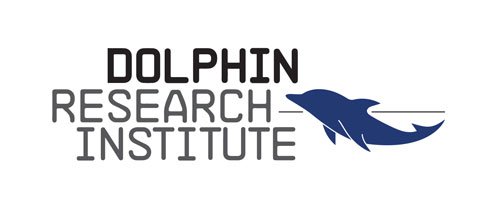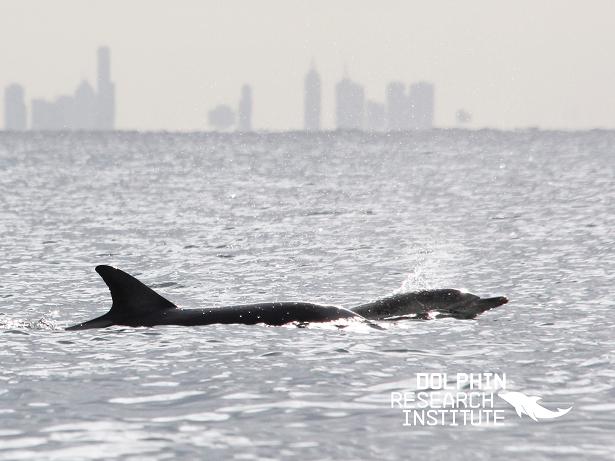Climate Change Could Be Hardest On Marine Species
Coastal regions tend to be thriving hotspots for people as well as marine species. Like these resident dolphins that share their Port Phillip home with five million people.
From the more literal perspective of ‘hotspots’, marine life could be more at risk than we previously thought from heat stress as oceans warm through climate change.
A recent study by researchers from Rutgers University suggests that marine creatures are being lost from habitats twice as fast as species on land. This could have grave consequences for species living in comparatively shallow coastal waters – and for humans that rely on these ecosystems. The study was published in the prestigious journal Nature (a link is included below).
At first, it might sound counterintuitive because ocean waters don’t have the extremes of seasonal and daily temperature fluctuations seen on land. Temperatures on land can turn from freezing at night to over 40 degrees C on the same day! Temperatures in marine environments beyond the intertidal fringe show little daily change and seldom over 10 degrees C variation across the seasons.
The relative temperature stability of water was crucial to the evolution of life and partly explains why the majority of animal phyla are only found in marine environments.
The study suggests that marine ectotherms live closer to the edge of their physiological thermal thresholds than do terrestrial ectotherms. Terrestrial species can burrow, retreat to the shade, hibernate or only come out at night to avoid heat. Marine species don’t have cool spots to burrow or shade themselves as everywhere is pretty much the same temperature.
Ectotherms include invertebrates, fish and reptiles. They used to be called ‘cold-blooded’ but our understanding is that it is far from the case. Terrestrial species use the sun and shade to warm their body and many large fish species actually generate heat in their muscles as we do.
Some endotherms (warm-blooded) such as whales and dolphins cope a bit better. They use their flippers and skin as giant radiators, letting blood flow to their extremities to disperse heat in warm water. In polar regions, they reduce circulation to the skin and flippers to conserve heat. Seals often wave their flipper above the water so that evaporation helps them to cool down, or the sun helps them to warm up. This ability doesn’t help if your food web has collapsed.
So comparatively small temperature rises may see the loss of marine species that are keystones in food webs. The impacts on higher order predators such as birds, marine mammals, and humans, could be catastrophic.
We need to urgently work in three areas:
- Acting to address climate change;
- Reducing the pressures on marine systems and species from coastal pollution and other human activities. Using evidence-based methods to change behaviours;
- Research to overcome our poor understanding of coastal systems and species to provide a ‘baseline’ of what is there now. Monitoring to pick up changes and guide responses.
The Dolphin Research Institute worked since 1991 to deliver the above – please take a moment to watch the short video…
The Dolphin Research Institute, based in Hastings on the Mornington Penisula, is a not for profit organisation that has worked since 1991 to achieve constructive conservation outcomes for Victoria’s marine mammals and environment, especially our bays. We achieve this through Marine Research, Education and Environmental Leadership.
Join us to help build a community that cares enough to change how we live around the coast. Donations before 30 June will make the most of your tax-deductible gift. Donate HERE.

The Nature Paper can be found: [ Greater vulnerability to warming of marine versus terrestrial ectotherms. Malin L. Pinsky, Anne Maria Eikeset, Douglas J. McCauley, Jonathan L. Payne & Jennifer M. Sunday Nature volume 569, pages108–111 (2019) ]







